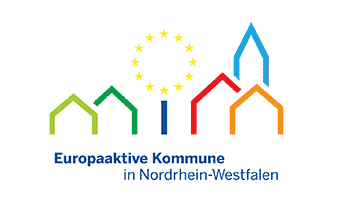Inhalt
Historischer Rundweg - Board 10
Hertefeld Manor
The Manor was home to high-ranking guests, such as the “Soldier-King”, Frederick William I King of Prussia in the year 1714.
Hertefeld Manor was always closely connected to the history of the town of Weeze.
History of the building
Hertefeld Manor is first mentioned as a Knight’s residence in 1322 and has, during its time, been submitted to frequent structural transformations.
Today’s Hertefeld Manor was built around 1700 as an estate house on a former island of the River Niers, whereby old building elements were converted and extended.
Today only an elongated, symmetrical brick-building with a higher upper floor is recognisable. It used to be covered by three hip roofs. Before destruction during the War there was a protruding middle tower located in the middle, and to its sides smaller stair turrets which lead upwards. The building with its massive roofs and chimneys resembled Dutch town und guild houses from around 1700. These buildings were not meant to give a defensive impression, but more of cosiness typical of northern interiors.
In the following period Hertefeld was home to some high-ranking guests, such as in 1714 to King Frederick William I of Prussia.
In the last weeks of World War Two in 1945 Hertefeld Manor was, for fear of enemy ambushes, set alight by German troops and burnt down to the ground. Later the grounds of the ruins were planted and as such gradually kept hidden from visitors.
With the onset of 1996 the ruins were cleared of debris and the remaining substance saved within the framework of an exemplary preservation project.
Hertefeld Manor today
Between 1998 to 2006 a step-by-step restauration of the complex followed. Based on an idea from 1947 and with the aid of surviving descriptions and pictures, as well as the structure of the foundation walls, the historical main tower and the middle tract of the ruins of Hertefeld Castle were rebuilt in 2004. The highlight came in April 2005 when the baroque tower cover with its corresponding bell were mounted, restoring Weeze’s town silhouette.
Culture & Castles and events
In Hertefeld Manor usable rooms emerged in the middle of the ruins. Culture-interested visitors can now, thanks to Culture & Castles, stay overnight in style in the new middle tract, in the former guard house or in some rooms in the adjoining administrative building which dates back to the 14th century.
Concerts are also held within the walls of the Castle, such as the “Muziek Biennale” which is organised by the “Kulturraum Niederrhein” (Culture Region of the Lower Rhine). The rooms are also available for weddings and events.
Family
A carrier of the name Hertefeld is first mentioned in a document in 1179.
The Lords of Hertefeld joined the reformation in around 1560 and significantly supported the small reformed church community in Weeze, among things by providing the first venue for church services. In 1649 the Elector Frederick William of Brandenburg franchised Jobst Gerhard von Hertefeld with the land rights for the village of Weeze and some farming communities. In the middle of the 19th century the properties and name Hertefeld went over by marriage to Philipp Conrad Earl to Eulenburg. He was the father of the well-known Prince Philipp to Eulenburg and Hertefeld (1847-1921), who was seen as a close confidant of the German Emperor William II.
Up to this day Hertefeld Manor, the attached administrative building and park with its old trees is owned by the Family to Eulenburg and Hertefeld.
Hertefeld Manor (to the left) and the Sankt Cyriakus church as seen from the North, copperplate etching by P. van Liender from a drawing by Jan de Beijer, 1743.
Hertefeld Manor, view from the South, 1920‘s. From 1912 to 1937 Hertefeld Manor was connected to the town centre via a ferry. Visitors also had to traverse the slightly curved bridge over the castle moat directly in front of the building.


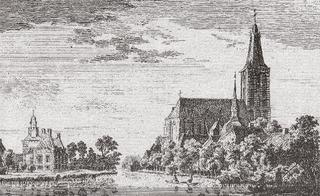
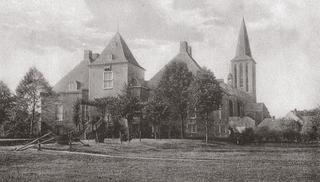
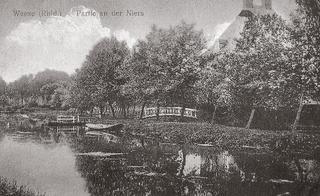
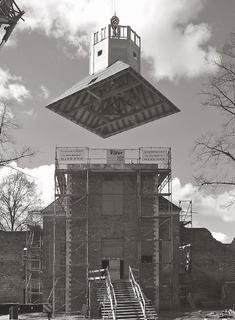
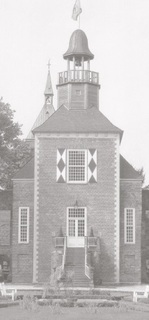
 02837 9100 (Zentrale)
02837 9100 (Zentrale) info@weeze.de
info@weeze.de Facebook
Facebook